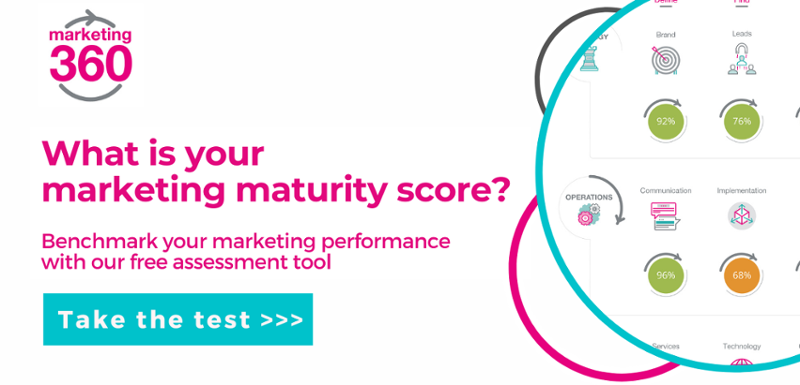What do your marketing and sales teams mean when they say they’ve generated a ‘lead’?
Do they mean someone signed up for your newsletter? Do they mean someone attended a webinar? Do they mean someone that called up to learn more about your pricing?
If you don’t have a clear definition of what a lead means for your business, agreed by sales and marketing teams, you’re going to struggle to target them effectively. You’ll also struggle to get your sales and marketing teams working together.
The importance of sales and marketing alignment
Sales and marketing don’t always see eye to eye. Which is a shame, because companies with strong sales and marketing alignment generate 208% more revenue from their marketing than companies without.
Sales blames marketing for providing them with duff leads - marketing thinks they’re providing great opportunities, but sales can’t close them.
Establishing a consistent definition for who you should be targeting helps get both teams on the same page.
What you’ll need:
- A pen and pad
- A meeting room or video conference platform
- Your marketing and the sales leaders
- Between 2-3 hours total
Want to seize the advantage in 2020?
Use our 2020 Accelerator Framework to understand your position, set new goals and plan for growth.
How to define a lead for your business
Step one: define what you mean by a ‘lead’
Start off by creating your own definition. The more specific and detailed your answers are the more valuable your definition will be.
If you’re struggling to get the ball rolling, here are a few questions to ask yourself:
- What industry do they work in?
- What is the job role of the person you’re targeting?
- How senior are they?
- Where are they in the decision-making process?
- What kind of budget do they have access to?
- What’s their path-to-purchase?
- Why are they interested in your product or service?
- What’s the company’s size and revenue?
Step two: decide when a marketing lead becomes a sales lead
Lead generation is a process. It usually looks something like this:
- Marketing qualified lead (MQL) - a potential customer who’s interested in your company and can be reached by your team
- Sales qualified lead (SQL) - a potential customer who has shown intent to buy
- Customer - someone who has bought from you in the past and may do again
It’s important to be clear about the level of intent MQLs and SQLs need to demonstrate, otherwise you can end up focusing your efforts on people who are unlikely to buy.
Here are some useful criteria for MQLs and SQLs.
|
MQL |
SQL |
|
Made an enquiry about working together through your website. |
Described their challenges and asked if you could help. |
|
Converted on one of your landing pages. |
Asked to see your pricing or case studies. |
|
Met you at an industry or networking event and expressed interest in your company. |
Requested a proposal or quote. |
Step three: Ask your marketing and sales leaders to create their own definitions
Marketing might define a lead as someone who clicked a link in an email, or signed up for a webinar. Sales might define it as someone who has already decided to buy and is looking for the right partner.
This stage is designed to show how different their viewpoints may be.
When asking them for their opinion, avoid ‘leading the witness’.
Don’t share the definition you’ve already created as an example. The more open-ended you make this exercise, the more genuine their answers will be.
Step four: Discuss and agree a common definition
You should now have three different definitions for a lead. The final step is to bring them together.
Think of this as a reality check for all parties. Where are the differences? Where are the overlaps? What can you agree on and where do you need to compromise?
If both sides come back with totally different definitions, this might seem like a bad thing. In reality, it’s a massive opportunity.
By highlighting these differences, you’re giving each side the chance to understand the other and work towards a shared definition.
Step five: Communicate with the rest of sales and marketing
You now need to share your joint definition with your sales, marketing and senior management teams.
Share it via email, present to the company at a monthly meeting, hang it on the wall. The important thing is that it’s communicated and referred back to on a regular basis.
- You may also like: How to write a value proposition for your business in under 15 minutes.




